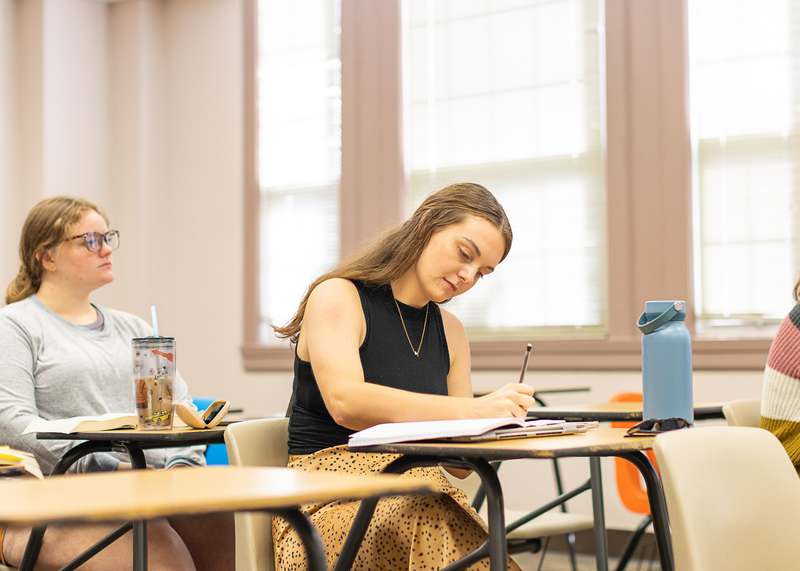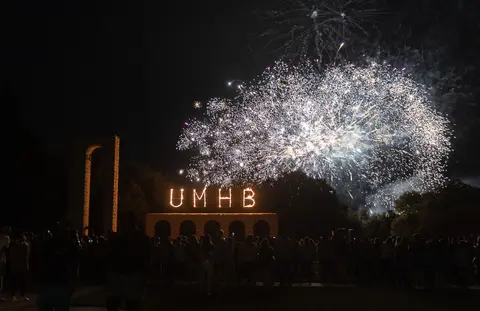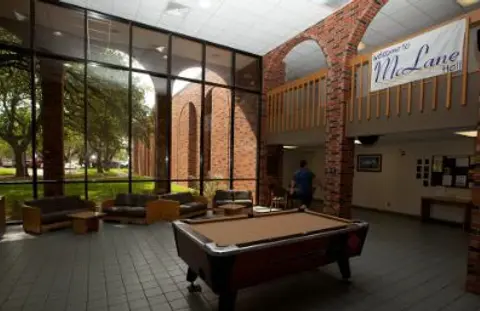What Can I Do With a Business Major?
One of first courses I took a UMHB was how to invest in the stock market. I joined investing club...
#BusinessIn the world of collegiate sports, March is a very exciting month due to the NCAA Division 1 basketball tournament, also known as the March Madness tournament. The “madness” of March begins with identifying the NCAA Division I basketball programs that make it into the tournament, also known as “the big dance.” Every stakeholder you can think of, from players and coaches to alumni and university members, eagerly awaits the calling of their university’s name as a participant in the tournament, “punching their ticket” and getting an “invitation to the big dance.” Displays of jubilation are exposed during this moment of revelation, but the madness continues because getting into the tournament is not enough. The next moment of madness is introduced when the program’s positioning within the tournament is identified, ranking in the tournament and bracket region, and their first-round matchup is revealed.
The revealing of the tournament bracket invites many individuals across the country to participate in the madness of this event by attempting to forecast the unfolding of the 67 games within the tournament and, in the end, identifying the national champion. It is estimated that 60 million to 100 million brackets are filled out each year (Benzie, 2019). The “science” behind this process is known as bracketology. Unfortunately, or fortunately, the science behind bracketology has never resulted in a perfect bracket. The longest streak a bracket has stayed perfect was in 2019 when Gregg Nigl went 49 for 49, with the previous streak being 39 of 39 in 2017 (Benzie, 2019).
In all this chaos, the true madness connected to Division I collegiate basketball, specifically Division I men’s basketball, from one university educator’s perspective, is the one-and-done trend we see from some of these “student-athletes” and collegiate athletic programs. The heart of this issue results because the eligibility of a player to be drafted into the NBA requires the prospect to be at least 19 years old and one year removed from high school.
As a transition year between high school and eligibility for the NBA draft, a player could utilize a year in college as a “student-athlete” as a gap year. Unfortunately, this situation continues to highlight one of the many challenges faced in higher education: the complex question of academics and athletics.
Since 2006, there have been 55 one-and-done players (Dodson, 2017). In 2018, 18 college freshmen were picked (Speight, 2018).
“How can these two worlds co-exist?” “How can success be experienced in both areas?” As an individual who loves both worlds, has lived in both worlds, and believes success in both worlds can be achieved, continued progress in addressing this issue is needed from all the stakeholders in this environment. For me, it has begun with redefining competition within the classroom and addressing this perspective with my students, many of whom are student-athletes. One of the most important parts of sport is the component of competition. In sports, competition is essential. While many may think of competition as adversarial, the Latin word, competere, provides a different connotation and perspective. In Latin, the idea behind competition is to strive together. This competition between competitors is not as adversaries fighting against each other but as fellow participants. Each strives to bring their best as well as get the best out of the other.

As an educator and ex-coach, I see the classroom as the arena, or court, that hosts the daily competition between each student, the class, and the teacher. We compete to help each other strive toward the achievement of learning, the attainment of knowledge, or a skill, and understanding. The goal of our striving is to bring about learning in all the participants. The most exciting competitions are the ones in which competitors play their best. I believe this competitive environment can also be created in the classroom, but it requires a different take on how we approach our work.
The challenges of the conflict between academics and athletics, educating versus the focus on just eligibility, are very difficult because so many variables impact the outcome. My hope is that this one small perspective change to educating, seeing it as competere, may bring us all one step closer to our ideals.
I leave you with this thought, “Which possess to be a more difficult challenge, creating that perfect bracket or the worlds of athletics and academics co-existing?” How can we do better?
References
Written by:
Associate Professor, School of Exercise & Sport Science I am blessed. I love what I do, learning and teaching students about the commodification of sport, and where I do it, UMHB. Aside from my faith and my family, UMHB has played a pivotal role in my life. I attended the university as a freshman in 1992 and graduated in 1996. I have served the university in a variety of roles, such as admissions counselor and residence hall director. God's journey for my life took me to serve as a head tennis coach at the collegiate level prior to my current faculty position. Aside from teaching, my time is invested in the following activities, being a husband, a father to two girls, and other enjoyable experiences such as tennis, running, reading, cooking, and woodworking.
categories


One of first courses I took a UMHB was how to invest in the stock market. I joined investing club...
#Business
Supply chain management is the process of coordinating and optimizing the flow of goods, services...
#Business #Christian Business
There are several different types of MBAs (Master of Business Administration) that students can c...
#Business